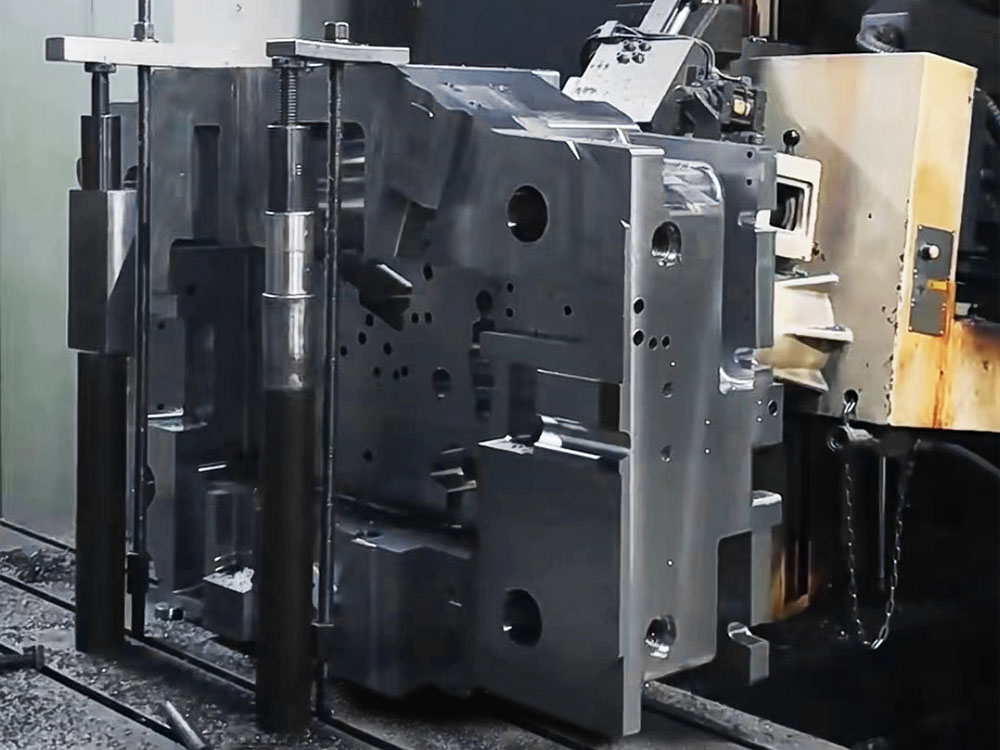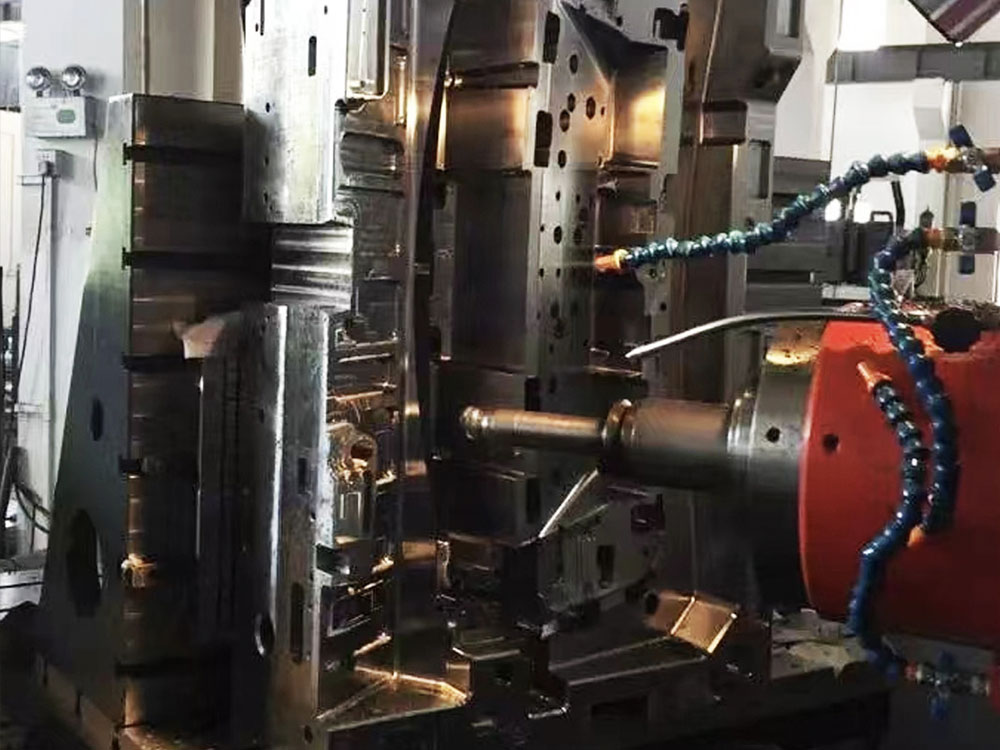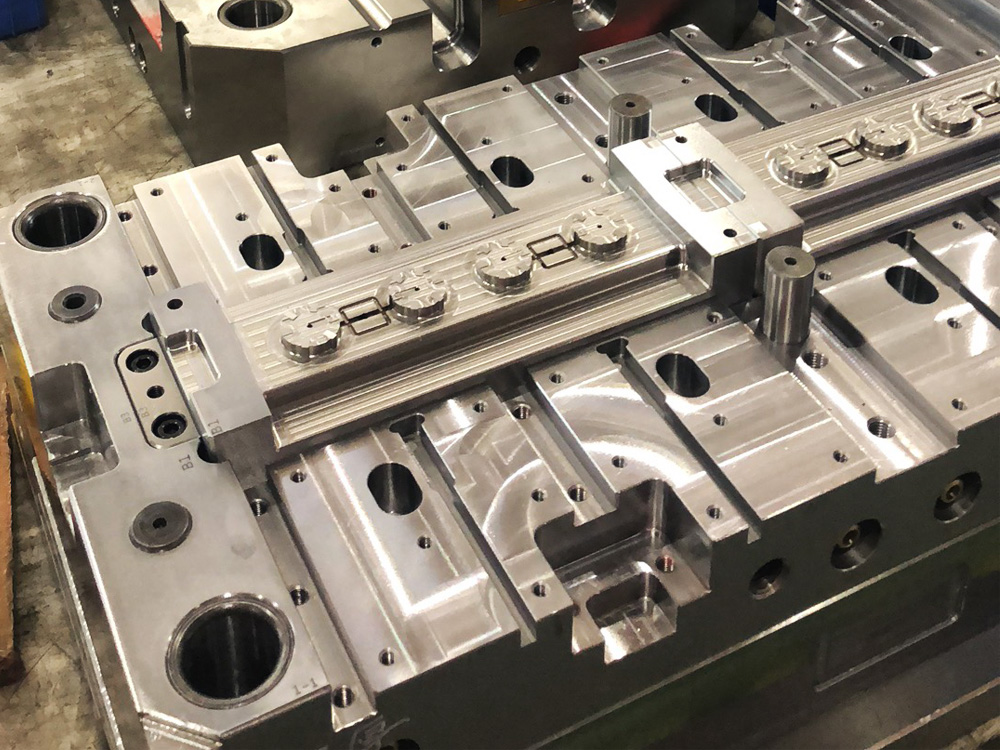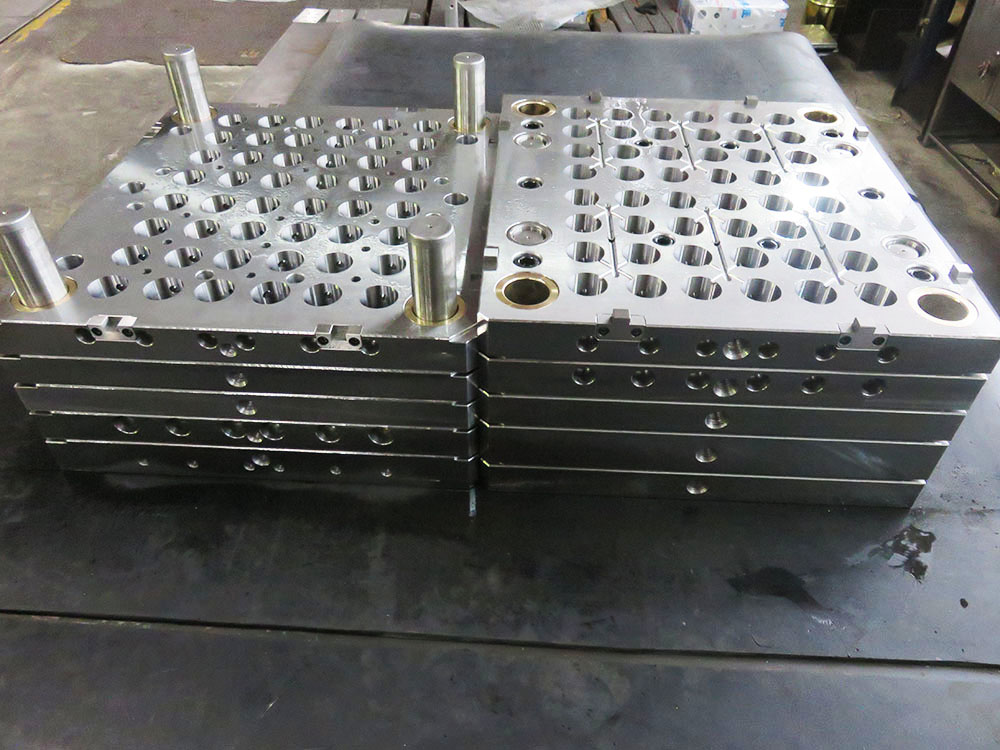Mold Base Industry Guide: How to Use Computer Mold Frames
The Mold Base industry plays a crucial role in manufacturing processes, especially in the field of plastic injection molding. To ensure precision and accuracy in creating molds, Computer Mold Frames have become an essential tool. In this comprehensive guide, we will walk you through the step-by-step process of effectively using computer mold frames.
Step 1: Understanding Computer Mold Frames
Computer Mold Frames are specialized tools used to hold and support the components of a mold during the injection molding process. They provide stability and precision, ensuring that the mold components are aligned correctly. Computer Mold Frames are made from high-quality materials, such as steel or aluminum, to withstand the intense pressure and heat of the injection molding process.
Step 2: Prepare the Mold Components
Before using the computer mold frame, it is crucial to prepare the mold components. This involves cleaning and inspecting each component for any defects or damage. It is important to ensure that each component fits perfectly into the mold frame, as any misalignment or gaps can result in faulty molds.
Step 3: Insert the Mold Components
Once the mold components are ready, carefully insert them into the designated slots of the computer mold frame. Pay close attention to the alignment and positioning of each component to ensure precise molding. Use clamps or locking mechanisms, as provided by the mold frame, to secure the components in place. This will prevent any movement or shifting during the injection molding process.
Step 4: Secure the Mold Frame
After inserting the mold components, it is vital to secure the computer mold frame onto the injection molding machine. Most mold frames have built-in mounting brackets or holes for this purpose. Use compatible mounting accessories to attach the mold frame securely to the machine. This step is crucial to maintain stability and prevent any vibrations or movement during the injection molding process.
Step 5: Program the Injection Molding Machine
Once the computer mold frame is securely attached to the machine, program the injection molding machine according to the specifications of the mold design. This includes setting the appropriate temperature, pressure, and cycle times. Be cautious when adjusting these parameters, as any deviations can affect the quality and properties of the final molded product.
Step 6: Start the Injection Molding Process
With the machine programmed and the computer mold frame in place, you are now ready to start the injection molding process. Follow the machine's operating instructions to initiate the molding cycle. Keep a close eye on the machine and the mold frame throughout the process, checking for any abnormalities or issues that may arise.
Step 7: Remove the Molded Product
After the injection molding process is complete, carefully remove the molded product from the mold frame. Exercise caution to avoid damaging both the product and the mold components. Take note of any defects or imperfections in the molded product for troubleshooting and improvements in future production runs.
Step 8: Maintenance and Cleaning
The computer mold frame requires regular maintenance and cleaning to ensure optimal performance and longevity. After each production run, dismantle the mold frame and clean each component thoroughly. Inspect for any wear and tear, and replace any damaged parts promptly. Lubricate moving parts as recommended by the manufacturer to minimize friction and enhance functionality.
In conclusion, effectively using computer mold frames is integral to the mold base industry. By understanding and following these step-by-step instructions, you can ensure precision, accuracy, and efficiency in the injection molding process. Remember to prioritize safety and quality throughout each stage, from preparing the mold components to maintaining and cleaning the mold frame. With the right techniques and tools, your mold base operations can thrive in today's competitive manufacturing landscape.




